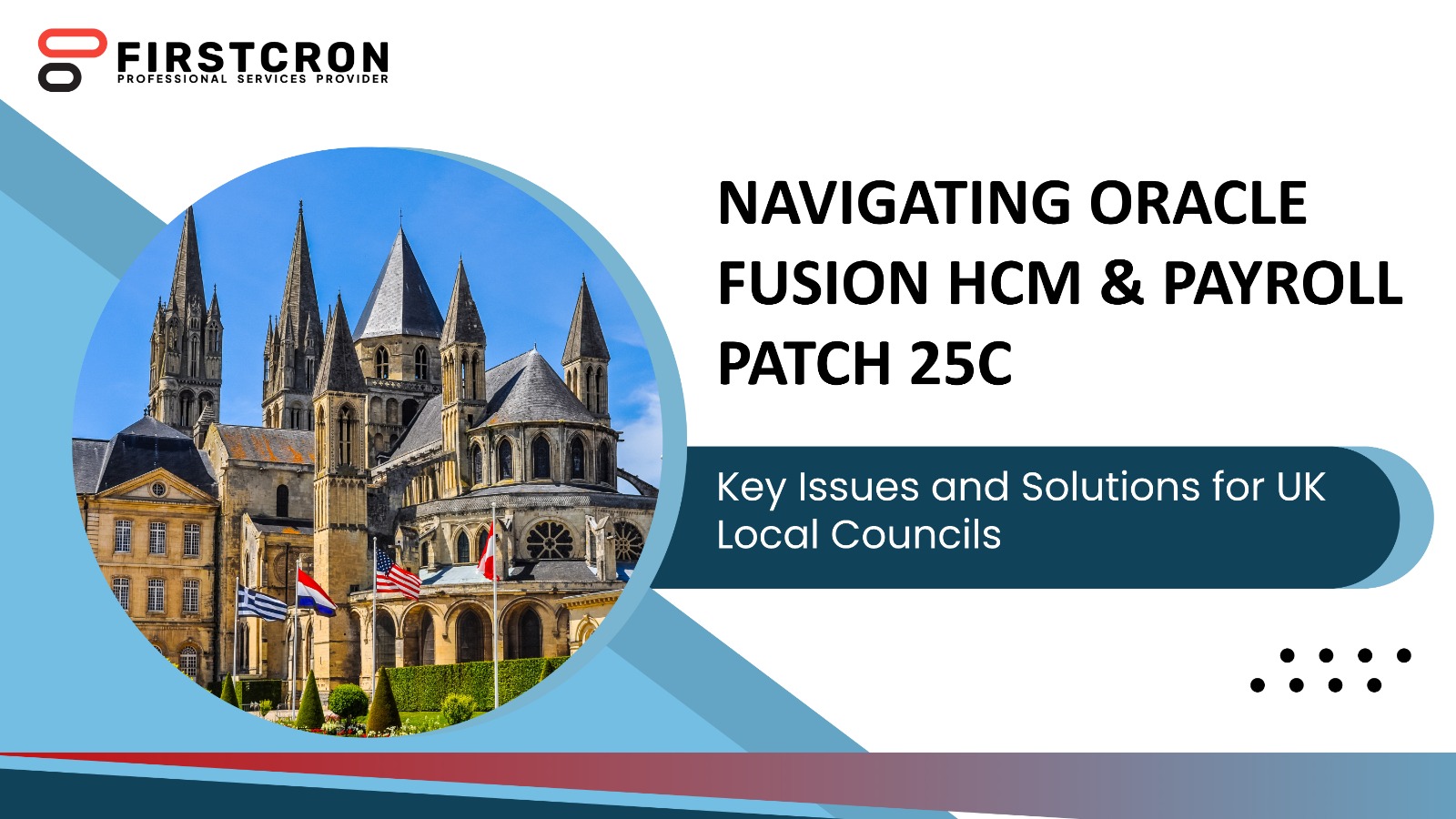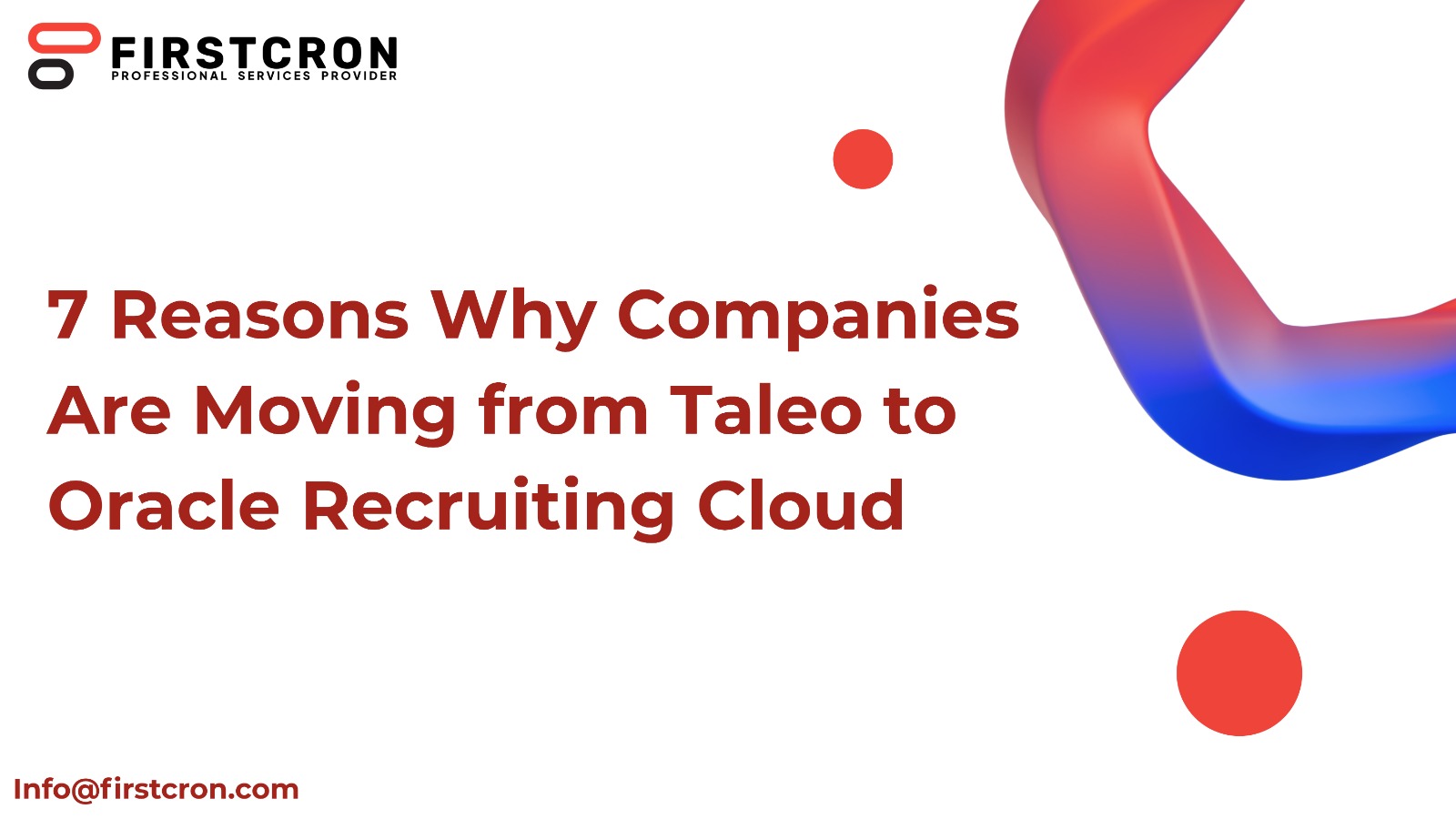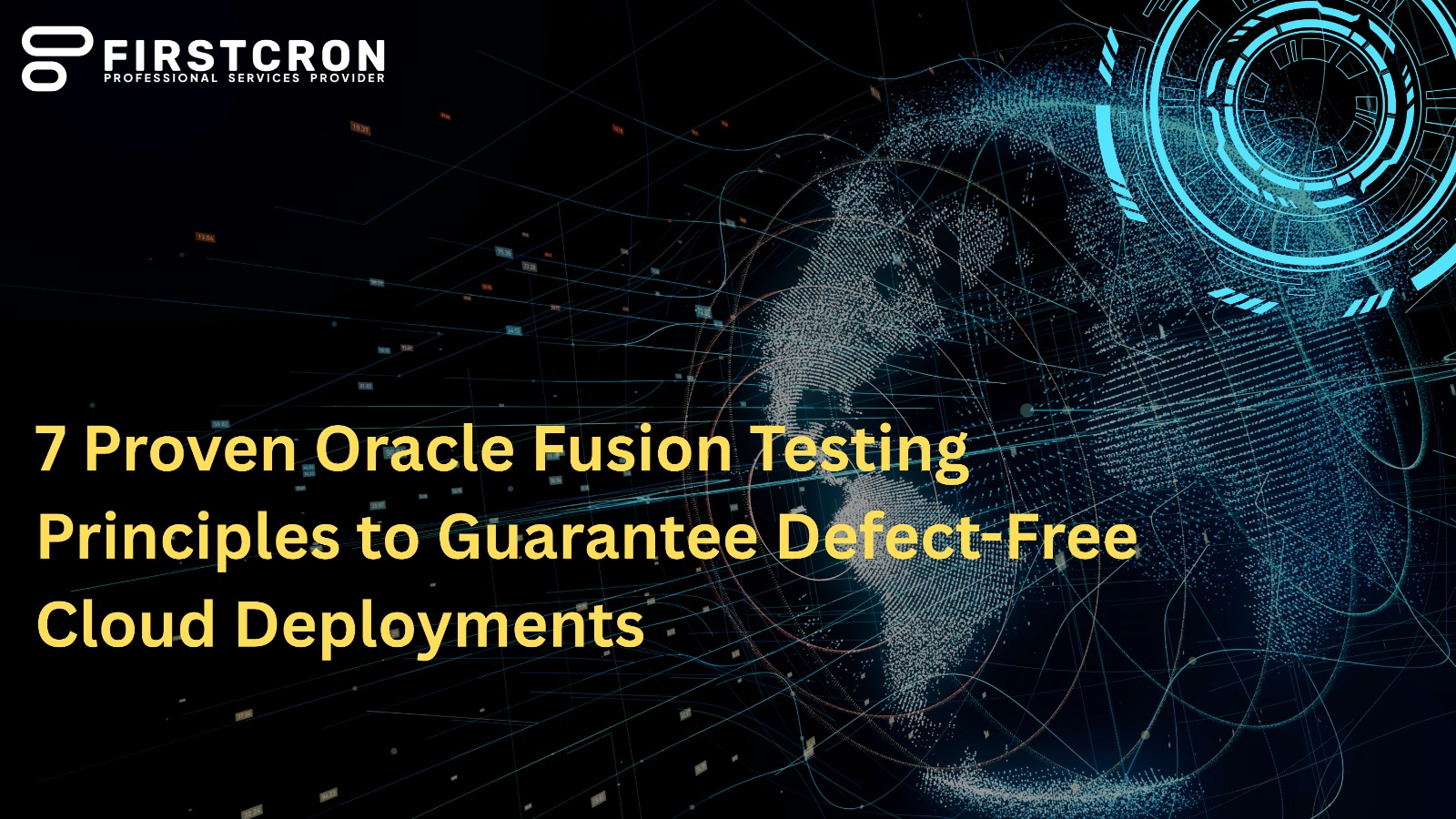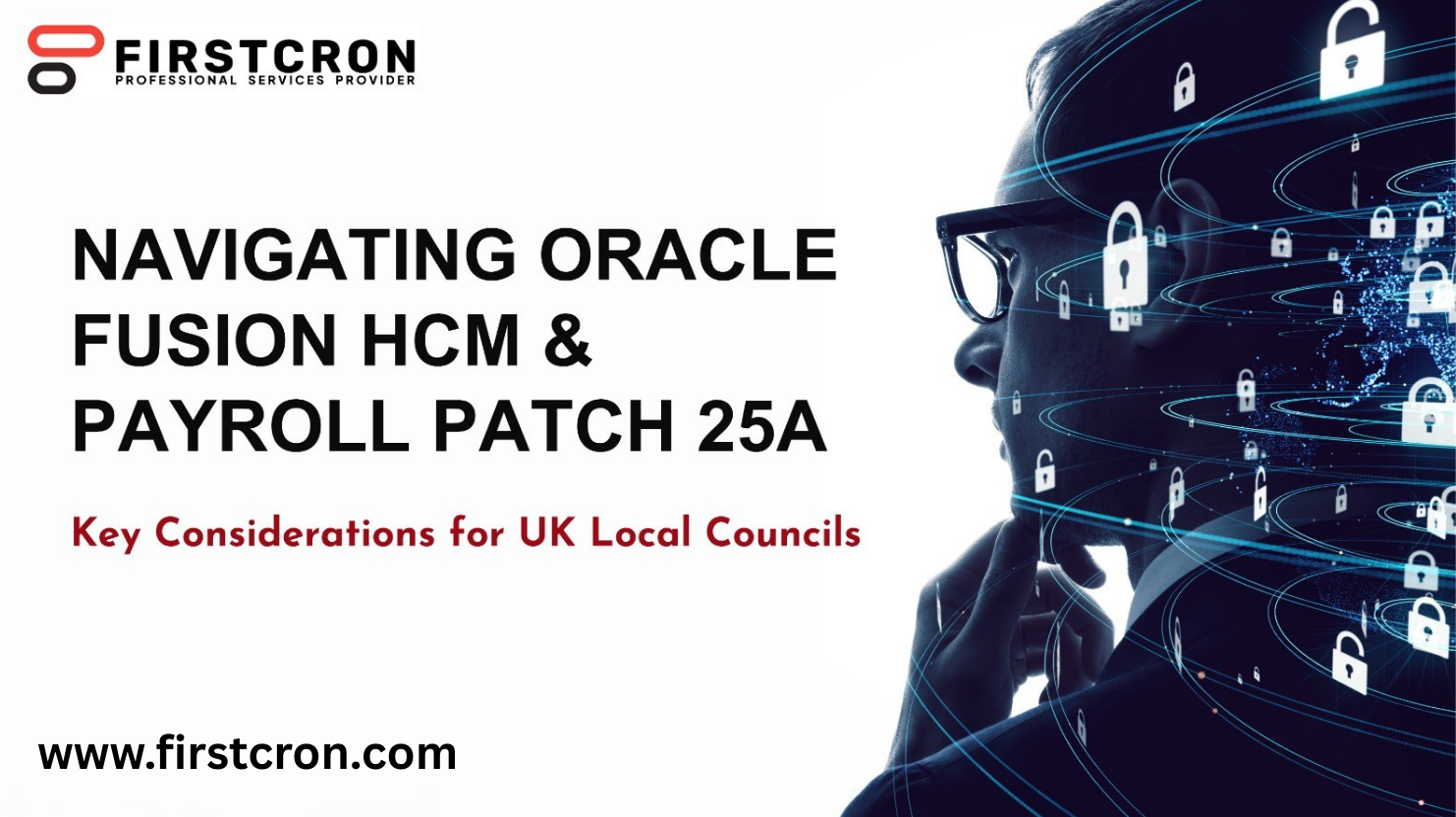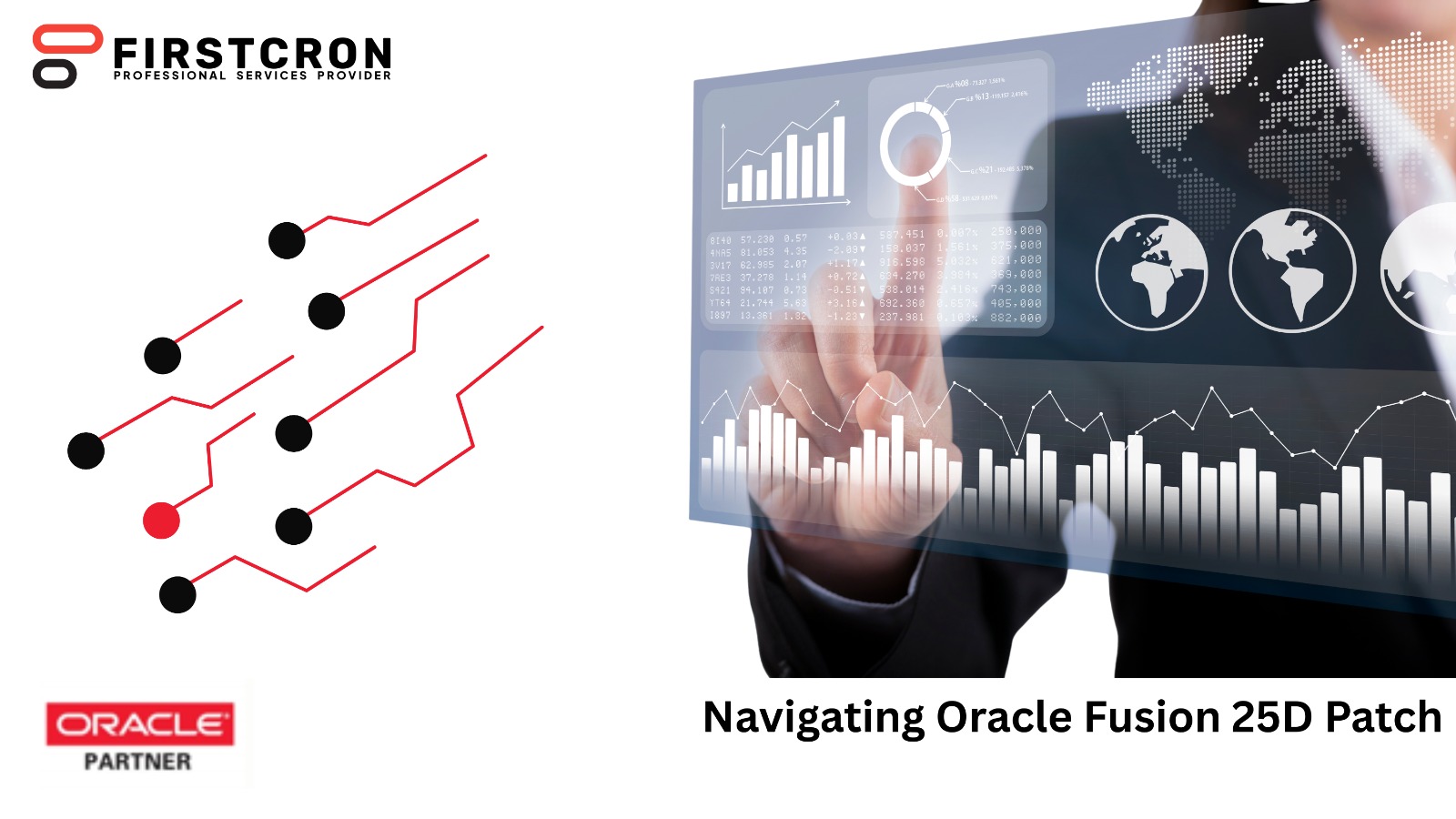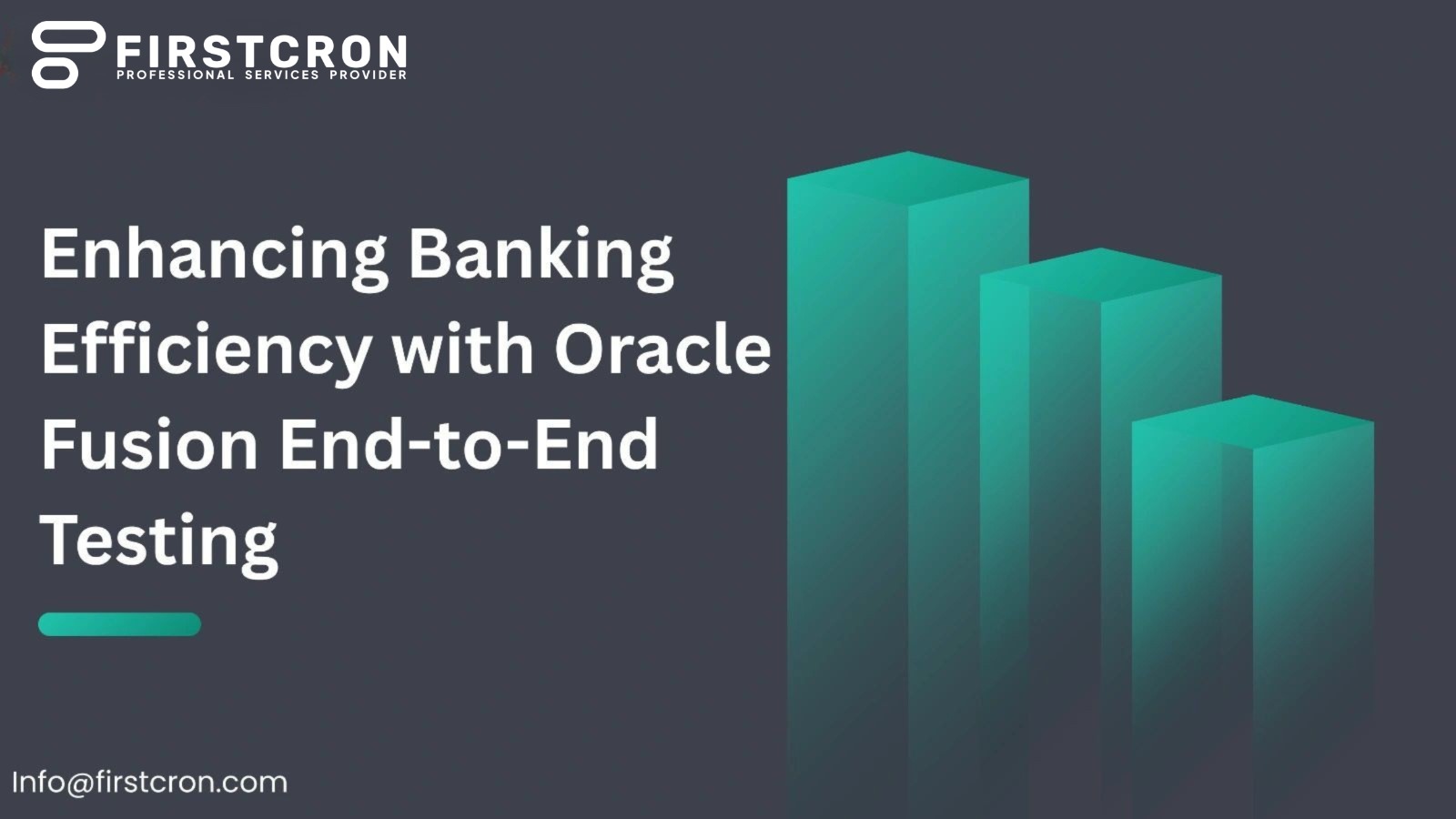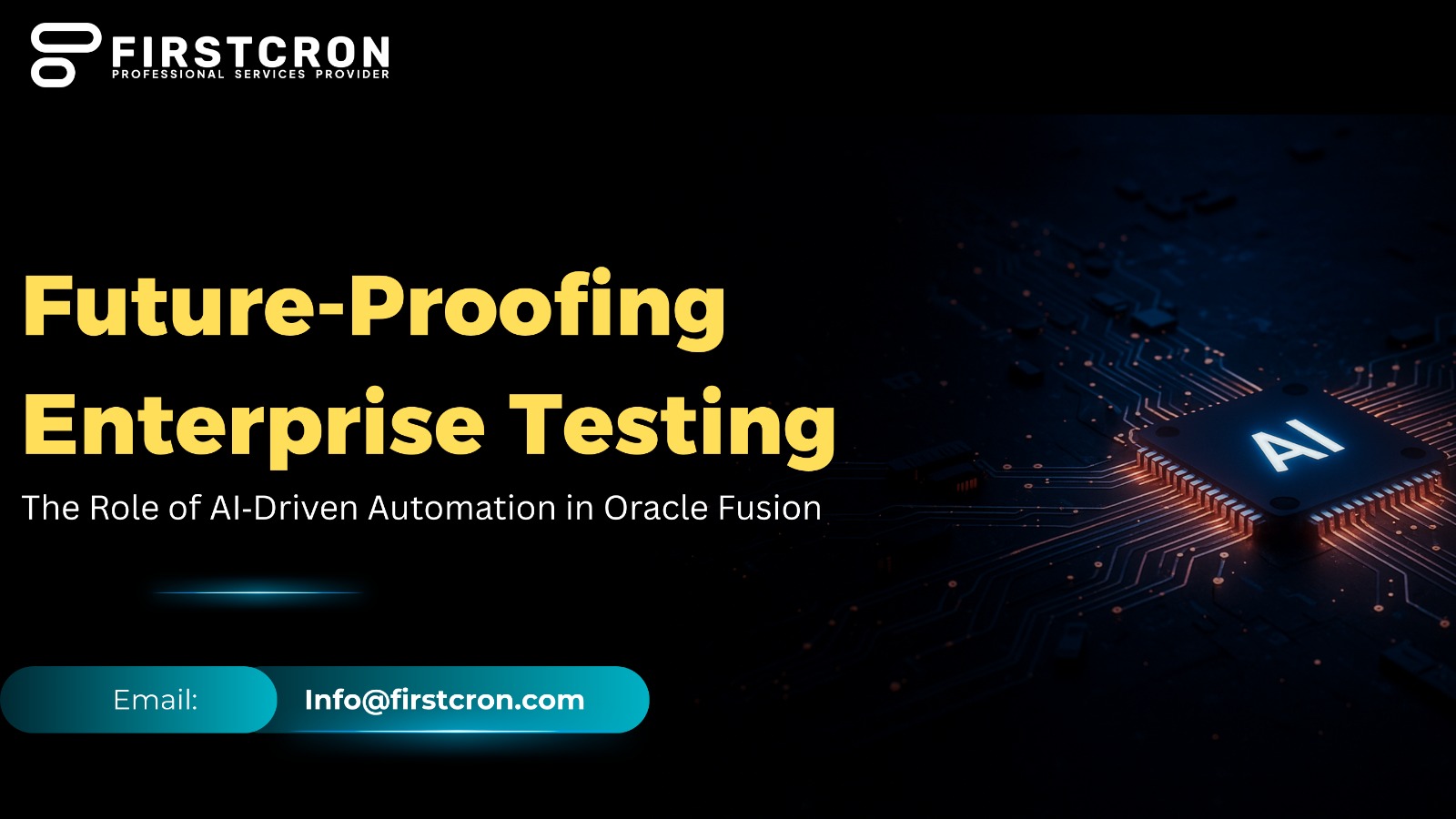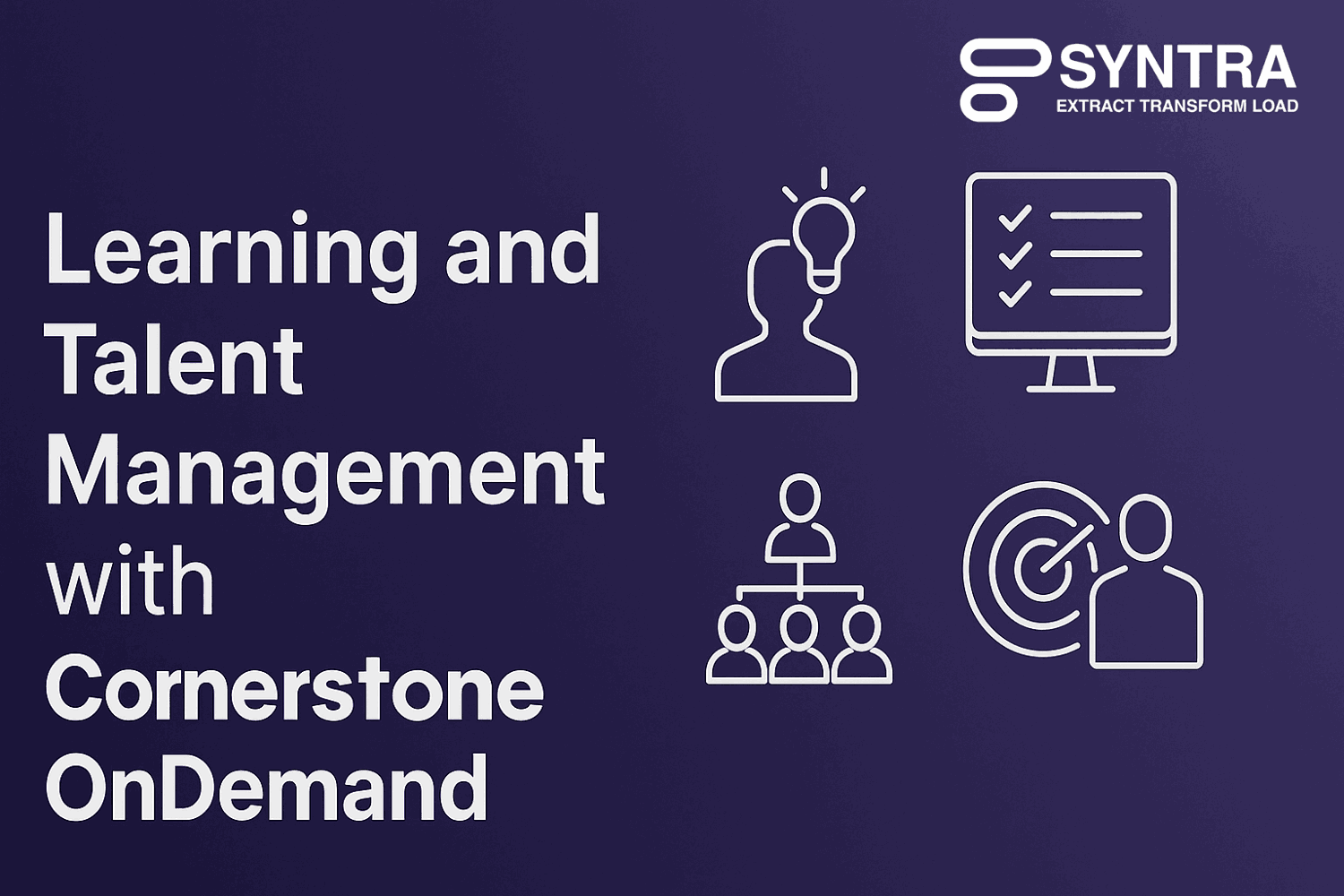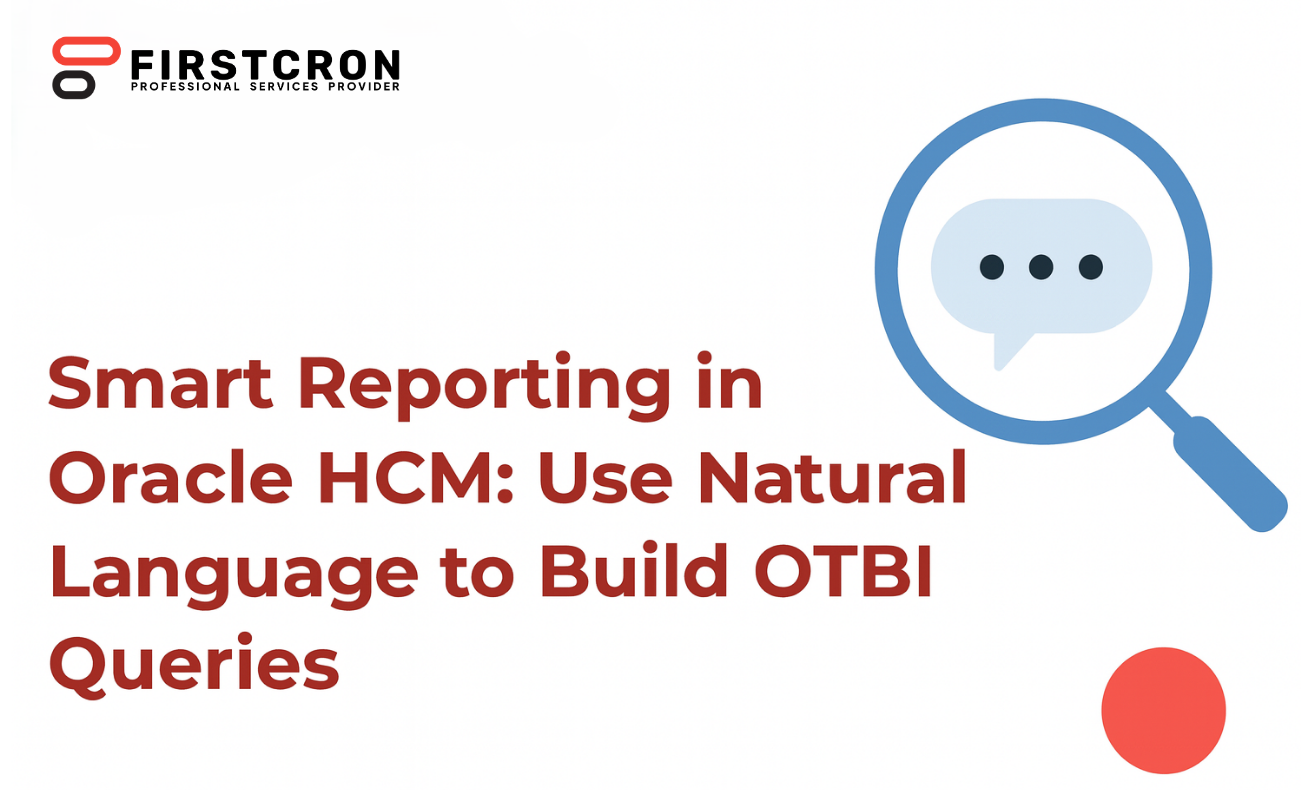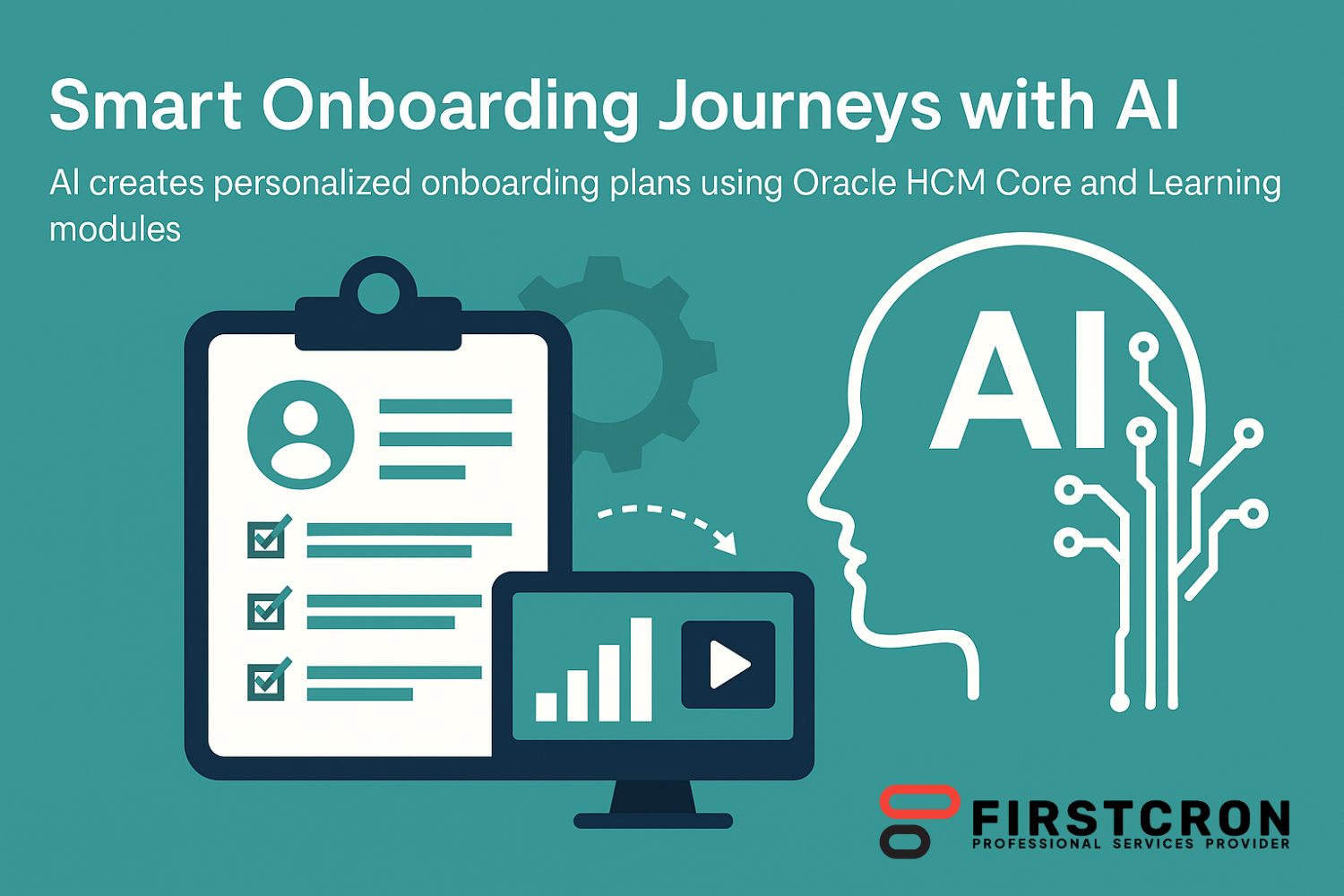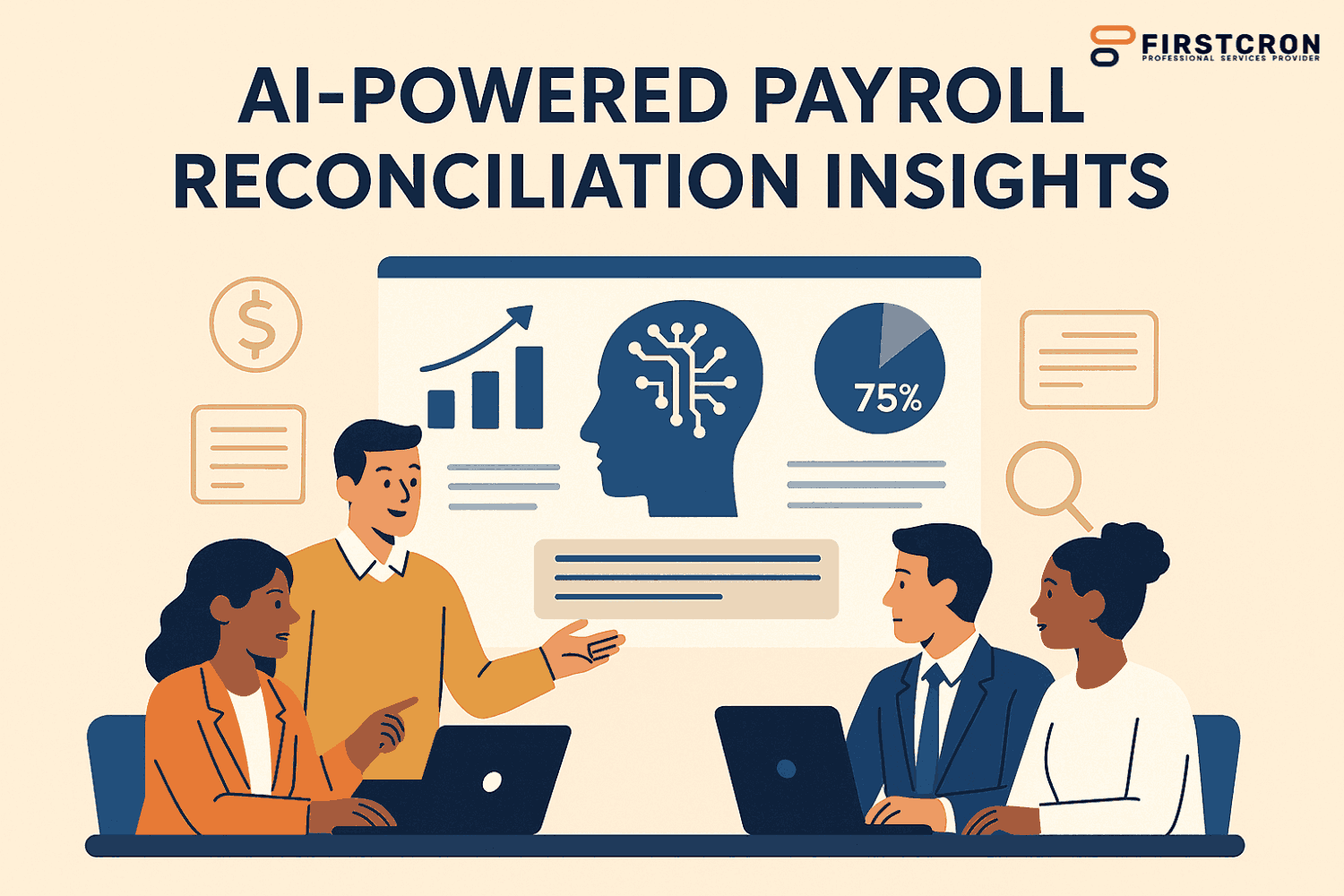
Payroll reconciliation is one of the most vital processes in any organization. It ensures that the compensation paid to employees aligns with data inputs such as attendance, overtime, benefits, and tax deductions. This process is not just about balancing numbers; it is about maintaining trust between employees and employers. When payroll discrepancies occur, even small ones, the consequences can be severe—ranging from employee dissatisfaction to compliance risks and financial penalties. Traditionally, payroll reconciliation involves intensive manual checks, comparison of spreadsheets, and numerous cycles of investigation to identify the root cause of variances. Despite the effort, the explanations often remain technical, cryptic, and hard to interpret for stakeholders outside of the payroll team.
In this blog we’ll cover
- Why Variances Are Hard To Explain
- The Rise Of Generative AI In Payroll Operations
- Making Variances Human-Friendly
- Collaboration Across Stakeholders
- Preventing Recurring Issues
- Global Payroll Challenges And AI Adaptability
- Enhancing Audit And Compliance Processes
- Balancing AI With Human Oversight
- A Comparative View Of Traditional Vs. AI-Powered Reconciliation
- Future Possibilities For Payroll Insights
- Psychological And Cultural Impact
- Payroll As A Source Of Business Intelligence
- Overcoming Adoption Challenges
- Conclusion: The Human Face Of Payroll Data
Why Variances Are Hard To Explain
Payroll variances are inevitable. They can arise from human errors in timekeeping, system glitches, late submissions of claims, changes in employee status, or regulatory adjustments. For example, a simple missed clock-out might create a discrepancy in payable hours, while a complex overtime calculation error could lead to significant financial gaps. Payroll professionals must dive deep into records, highlight mismatches, and justify the variances. This often consumes days of work, delaying final payroll approvals. The challenge is not merely detecting variances but explaining them in a manner that makes sense to HR leaders, finance managers, auditors, and employees alike.
The Rise Of Generative AI In Payroll Operations
Artificial Intelligence has long been used in payroll to automate repetitive tasks such as data entry or compliance checks. However, the emergence of Generative AI (GenAI) introduces a new dimension. Unlike traditional automation that focuses only on execution, GenAI can analyze variances, understand context, and generate plain English explanations. Instead of showing payroll teams a set of unexplained numbers, AI can narrate the story behind those numbers, enabling faster understanding and quicker resolution. For instance, instead of flagging “variance of $3,000 in overtime,” GenAI can explain, “This variance is due to additional hours logged by the product development team during the launch of the new software module in August.”
Making Variances Human-Friendly
The most significant advantage of GenAI in payroll reconciliation is its ability to humanize data. Numbers alone are not enough; context matters. Payroll teams, auditors, and managers need to know why the numbers shifted, not just that they did. By turning complex calculations into simple narratives, GenAI bridges the communication gap between technical payroll operations and business decision-making. Employees, too, benefit from this clarity because it reduces the number of queries directed to payroll teams about confusing deductions or unusual additions in their pay slips.
Collaboration Across Stakeholders
Payroll reconciliation rarely happens in isolation. HR, finance, compliance officers, and line managers are all stakeholders who rely on accurate payroll data. The challenge lies in the fact that each group views payroll through a different lens. Finance wants balance sheets aligned, HR cares about policy adherence, compliance looks for legal alignment, and managers want team-related insights. GenAI ensures that explanations of variances are universally understandable, reducing miscommunication and enabling faster collective decisions. For example, instead of payroll staff trying to decode a variance in tax deductions for compliance teams, AI provides a narrative tailored to compliance language, referencing specific regulations that influenced the deduction.
Preventing Recurring Issues
One of the limitations of manual payroll reconciliation is that errors often recur. Late benefit updates, repeated misentries in time-tracking systems, or outdated policy configurations are examples of systemic issues that manual reviews fail to address permanently. AI, on the other hand, learns from historical data. It can not only identify the immediate variance but also recognize recurring patterns. A GenAI system could explain: “The variance of $500 is due to repeated late submissions of travel claims by employees in the sales department.” Such insights enable payroll teams to address the root cause—like re-training employees or updating internal policies—rather than firefighting the same problems every month.
Global Payroll Challenges And AI Adaptability
Organizations operating globally face even greater payroll reconciliation challenges. Variances can be tied to different currencies, tax structures, or compliance rules in multiple regions. Explaining these discrepancies is complex because each region has unique laws and payroll norms. GenAI excels in this environment by localizing explanations. It might say, “The variance in payroll for India is due to a Provident Fund adjustment,” while for the U.S. it might explain, “This discrepancy arises from delayed 401(k) contribution updates.” This localization ensures compliance and improves efficiency in managing global payroll at scale.
Enhancing Audit And Compliance Processes
Payroll reconciliation is not only about satisfying internal checks but also about creating an audit trail for external reviews. Auditors traditionally spend significant time sifting through raw data to understand variances. With GenAI, auditors can instead read narrative reports that clearly explain discrepancies and corrective actions taken. This not only speeds up the auditing process but also demonstrates transparency and good governance to regulators. Organizations that adopt AI explanations for payroll reconciliation can significantly reduce the burden of compliance reporting while improving their reputation with authorities.
Balancing AI With Human Oversight
Despite its advantages, trust in AI explanations remains a concern. Payroll is sensitive, and incorrect narratives could create financial or legal risks. The key is to design AI-powered reconciliation systems with strong governance. Data must be accurate, models must be trained on relevant payroll scenarios, and outputs must always be subject to human validation. Payroll professionals should treat AI as an assistant that augments their work rather than replacing them. This hybrid model ensures that while AI handles scale and speed, humans ensure accuracy and compliance.
A Comparative View Of Traditional Vs. AI-Powered Reconciliation
The distinction between traditional reconciliation and AI-powered reconciliation can be captured clearly in the following table.
| Aspect | Traditional Reconciliation | AI-Powered Reconciliation With GenAI |
|---|---|---|
| Variance Detection | Manual checks and spreadsheet comparisons | Automated detection with contextual insights |
| Explanation of Variances | Numeric reports, often cryptic | Plain English narratives linking variances to causes |
| Time Required | Hours to days depending on complexity | Minutes due to automation and instant explanations |
| Stakeholder Communication | Misalignment due to jargon differences | Unified understanding with natural language summaries |
| Compliance and Audit | Manual evidence gathering and reviews | Automated audit trail with narrative justifications |
| Predictive Capabilities | None | Proactive detection of recurring and potential issues |
| Global Adaptability | Highly complex and error-prone | Localized explanations aligned with regulations |
Future Possibilities For Payroll Insights
The evolution of GenAI does not stop at explaining variances. Future systems could simulate payroll scenarios to predict how changes in policies or workforce structures might impact reconciliation. For instance, if an organization considers revising overtime policies, AI could forecast potential increases in payroll variances and explain the implications. Another possibility is embedding GenAI explanations directly into employee self-service portals, allowing employees to receive immediate plain-language answers about their pay slips, thereby reducing the workload on payroll teams.
Psychological And Cultural Impact
Beyond efficiency, the introduction of GenAI in payroll reconciliation has a cultural benefit. Payroll teams are often under immense pressure to identify and fix errors before deadlines. AI-generated insights reduce that burden by giving professionals clear leads rather than leaving them to start investigations from scratch. This reduces stress, minimizes burnout, and fosters a culture where payroll professionals feel empowered by technology instead of threatened by it. In turn, employees gain greater confidence in the payroll system, knowing that discrepancies will not only be corrected but also explained.
Payroll As A Source Of Business Intelligence
Payroll variances are more than just mistakes; they can be signals of broader workforce trends. Frequent overtime variances may indicate chronic understaffing, while recurring benefit discrepancies could reflect shifts in employee preferences or policy design flaws. By turning payroll variances into narratives, GenAI can provide valuable intelligence that feeds into strategic workforce planning. Payroll data, once seen only as a back-office function, becomes a driver of organizational insight and decision-making.
Overcoming Adoption Challenges
Like any new technology, the adoption of GenAI in payroll reconciliation comes with challenges. Data privacy and security are paramount since payroll involves highly sensitive information. Companies must implement strong encryption, role-based access, and monitoring systems to protect data. Change management is another hurdle—payroll professionals must be trained not only to use AI tools but also to trust them. Building confidence requires a phased approach, starting with AI explanations as supplementary insights before moving to deeper integration.
Conclusion: The Human Face Of Payroll Data
AI-powered payroll reconciliation represents more than just process automation. It transforms the reconciliation process into a transparent, collaborative, and insightful function. By explaining variances in plain English, GenAI bridges the gap between technical data and human understanding. Payroll teams save time, employees gain trust, auditors find clarity, and organizations operate with greater compliance and efficiency. Ultimately, payroll is not just about numbers—it is about people. GenAI ensures those numbers tell clear, accurate, and human-friendly stories, reinforcing payroll as a cornerstone of trust and confidence within any business.
To explore more please visit firstcron.com.
Tags
Related Post
Navigating Oracle Fusion HCM & Payroll Patch 25C: Key Issues And Solutions For UK Local Councils
July 26th, 2025 10 min read
7 Reasons Why Companies Are Moving From Taleo To Oracle Recruiting Cloud
June 2nd, 2025 14 min read
7 Proven Oracle Fusion Testing Principles To Guarantee Defect-Free Cloud Deployments
May 16th, 2025 15 min read
Navigating Oracle Fusion HCM & Payroll Patch 25A: Key Considerations For UK Local Councils
July 27th, 2025 10 min read
Driving Compliance And Security With Smart Testing In Oracle Fusion
June 5th, 2025 9 min read
WEEKEND READS
Navigating Oracle Fusion HCM & Payroll Patch 25C: Key Issues And Solutions For UK Local Councils
July 26th, 2025 10 min read
7 Proven Oracle Fusion Testing Principles To Guarantee Defect-Free Cloud Deployments
May 16th, 2025 15 min read
Navigating Oracle Fusion HCM & Payroll Patch 25A: Key Considerations For UK Local Councils
July 27th, 2025 10 min read
Driving Compliance And Security With Smart Testing In Oracle Fusion
June 5th, 2025 9 min read
How End-to-End Testing Of Oracle Fusion Enhances Operational Efficiency In Banking
May 23rd, 2025 11 min read
Future Proofing Enterprise Testing: The Role Of AI Driven Automation In Oracle Fusion
June 26th, 2025 7 min read
Learning And Talent Management With Cornerstone OnDemand
October 10th, 2025 17 min read
Smart Reporting In Oracle HCM: Use Natural Language To Build OTBI Queries
August 17th, 2025 20 min read
Smart Onboarding Journeys With AI: Personalized Employee Integration Through Oracle HCM Core And Learning
September 13th, 2025 21 min read






